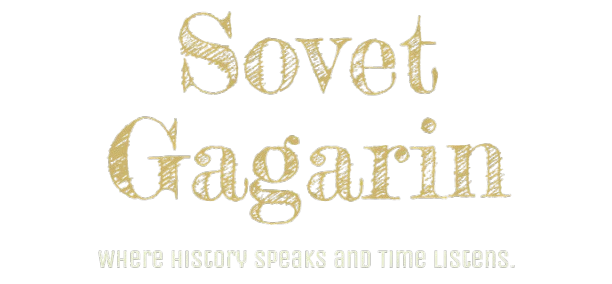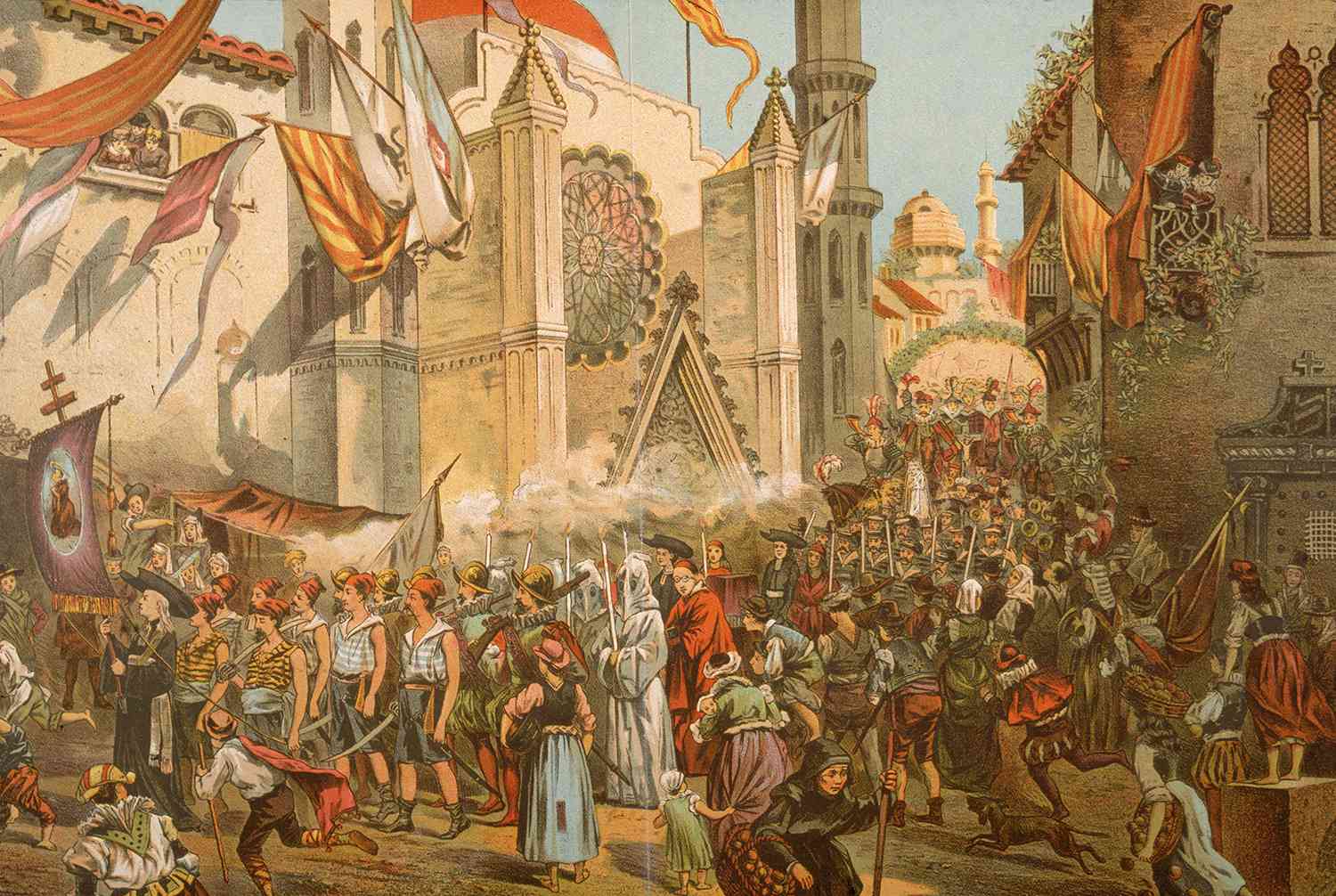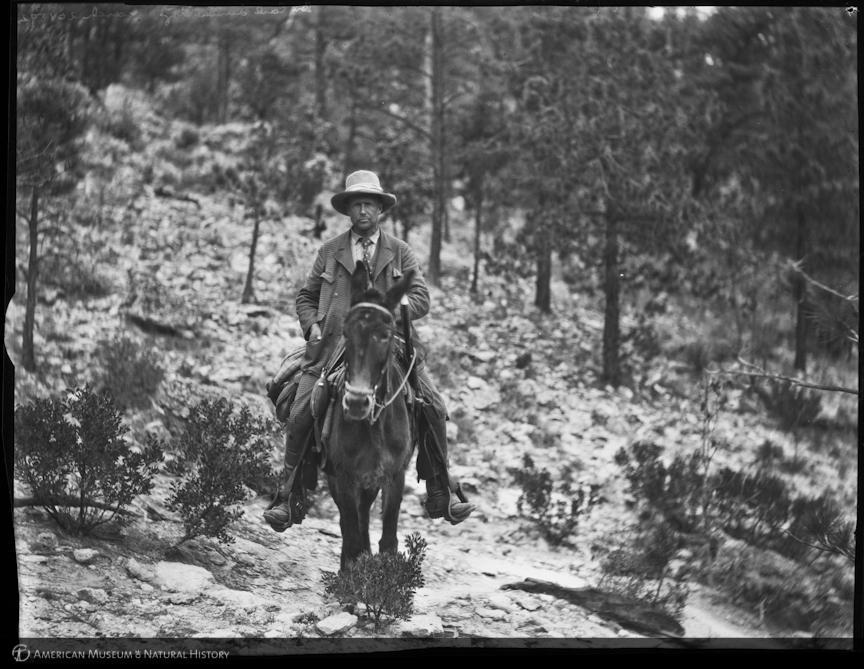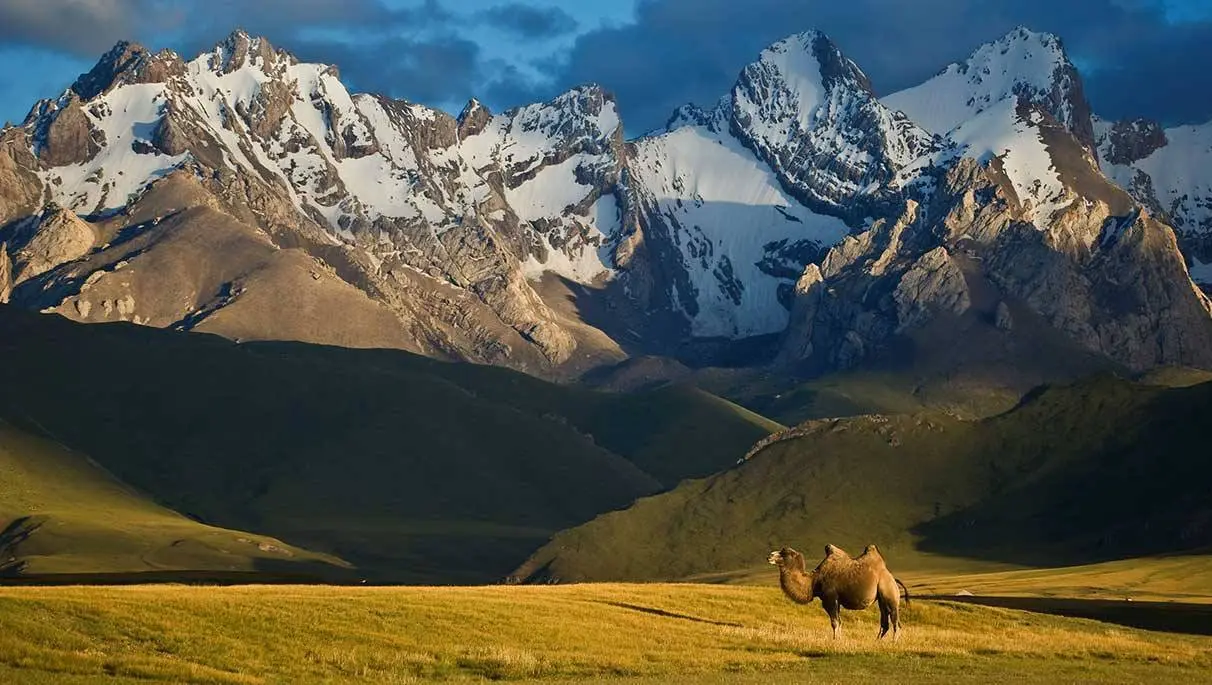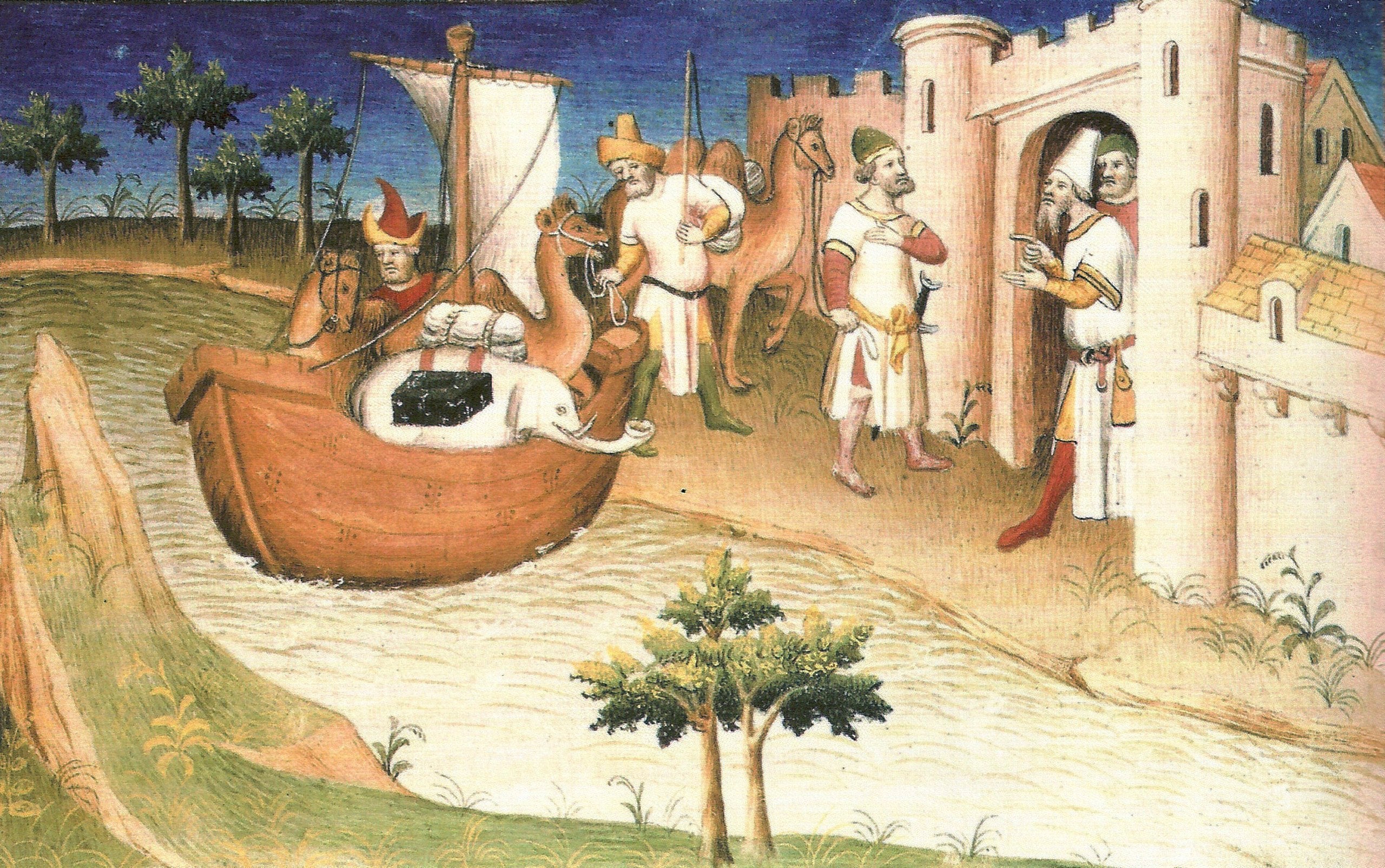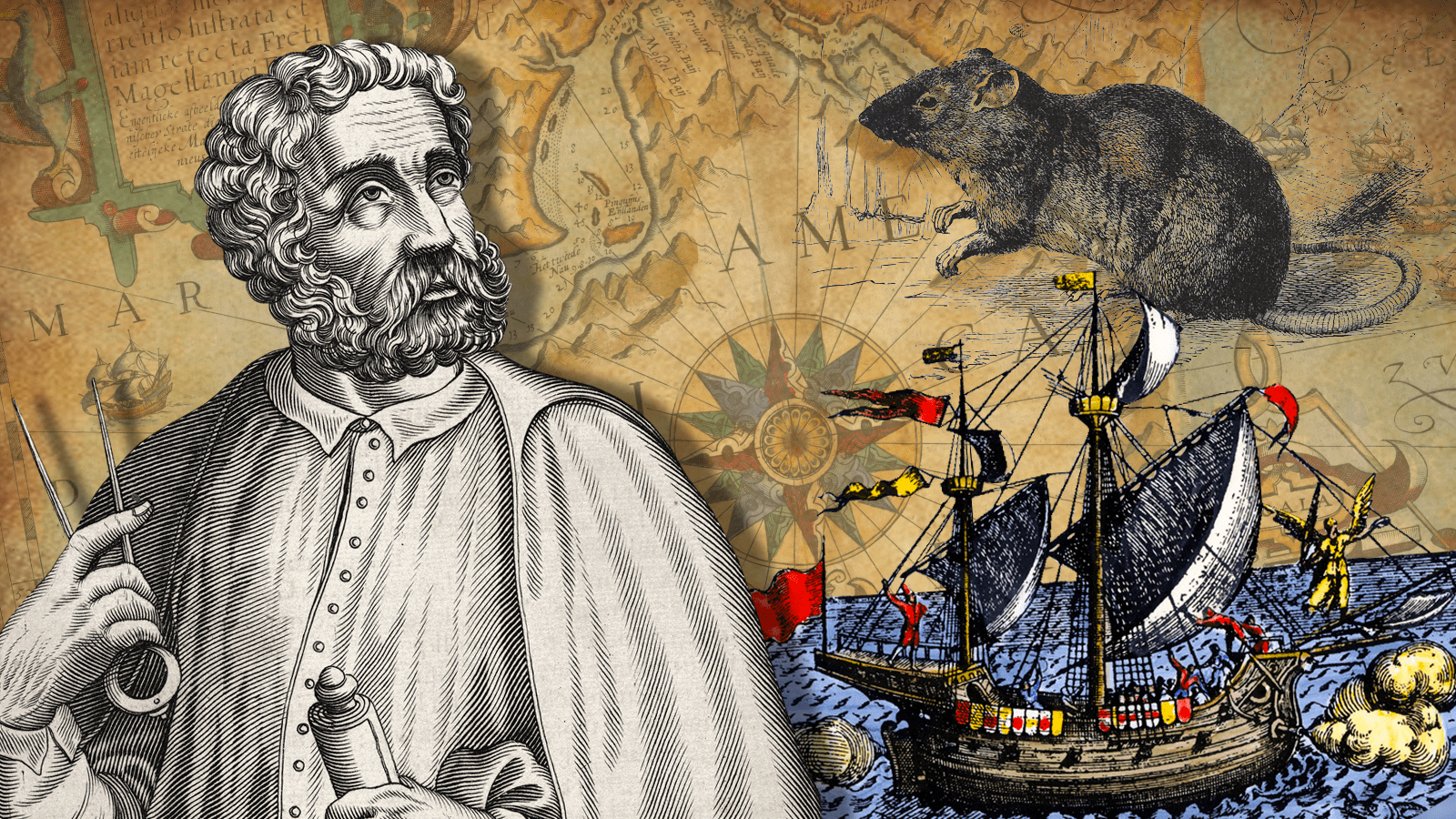The 15th century marked a pivotal era in global history—the Age of Exploration. Driven by the quest for new trade routes, wealth, and territorial expansion, European nations embarked on ambitious maritime voyages that reshaped the world map. Notable figures such as Christopher Columbus, Vasco da Gama, and Ferdinand Magellan led expeditions that connected distant continents, fostering cultural exchanges and initiating the first wave of globalization.
Portugal and Spain were at the forefront of this movement. Under the patronage of Prince Henry the Navigator, Portugal developed advanced navigational techniques and established sea routes along the African coast. In 1498, Vasco da Gama successfully reached India by sailing around Africa, opening direct trade links between Europe and Asia. Meanwhile, Spain, through Columbus’s 1492 voyage, inadvertently discovered the Americas, leading to Spanish colonization and the Columbian Exchange.
These expeditions had profound impacts. They led to the establishment of colonial empires, the spread of Christianity, and significant cultural and biological exchanges between the Old and New Worlds. However, they also resulted in the exploitation and displacement of indigenous populations. The Age of Exploration not only expanded geographical knowledge but also set the stage for the complex global interactions that continue to shape our world today.
